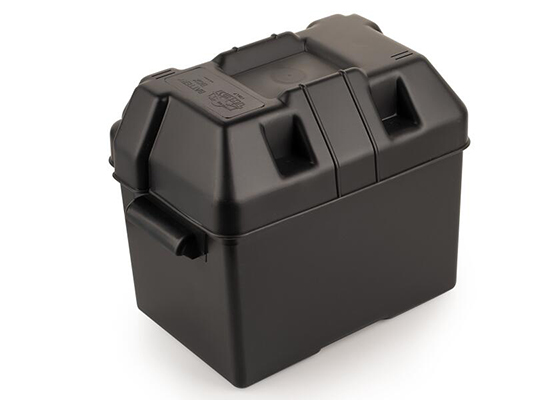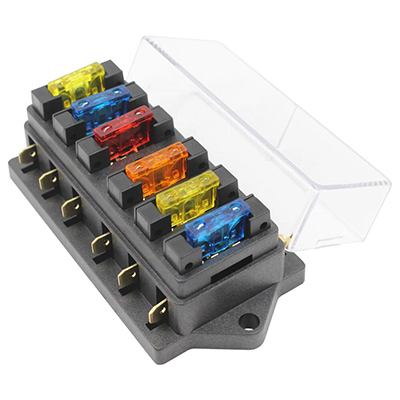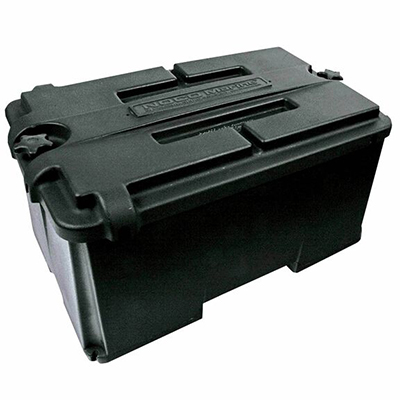Regulatory Compliance Challenges for Automotive Battery Enclosures: Europe and United States Comparison
News 2025-10-20
Regulatory compliance for car battery boxes is essential in the automotive industry, particularly with the rise of electric vehicles (EVs). These components must meet stringent safety and environmental standards to prevent hazards like fires or chemical leaks. This article examines how Europe and the USA approach these regulations, focusing on their impact on design, manufacturing, and performance in real-world applications.

European Standards for Battery Boxes
European regulations emphasize sustainability and safety through directives such as the EU Battery Directive and REACH. These require materials to be recyclable and free from hazardous substances, influencing designs that prioritize longevity and eco-friendliness. In EV applications, this means battery boxes often feature advanced thermal management systems to comply with crash test protocols, enhancing overall vehicle safety and reducing environmental impact during disposal.
United States Standards for Battery Boxes
In the USA, compliance is governed by agencies like the DOT and EPA, with certifications from UL playing a key role. Standards focus on energy efficiency and durability, mandating rigorous testing for vibration resistance and fire suppression. For automotive use, this ensures battery boxes perform reliably in diverse conditions, such as extreme temperatures, thereby improving EV range and safety features like automatic shutdown mechanisms.
Key Differences and Performance Implications
Comparing the two regions reveals contrasts in stringency and focus: Europe stresses environmental lifecycle management, while the USA prioritizes operational reliability. This affects performance advantages, such as Europe’s push for lighter, recyclable materials boosting energy efficiency, versus the USA’s emphasis on robust crash protection enhancing durability. In practical scenarios, manufacturers adapt designs to meet both, optimizing for cost and innovation in the global EV market.
Frequently Asked Questions
1. What are the primary material restrictions in European standards?
European regulations under REACH limit substances like lead and cadmium, promoting safer, more sustainable battery box designs.
2. How do US standards influence battery box durability?
US certifications require extensive testing for impact and temperature extremes, ensuring longer lifespan and better performance in harsh conditions.
3. What benefits do compliant battery boxes offer in EVs?
Compliance enhances safety features, reduces environmental footprint, and improves energy efficiency, leading to better overall vehicle performance and market acceptance.

